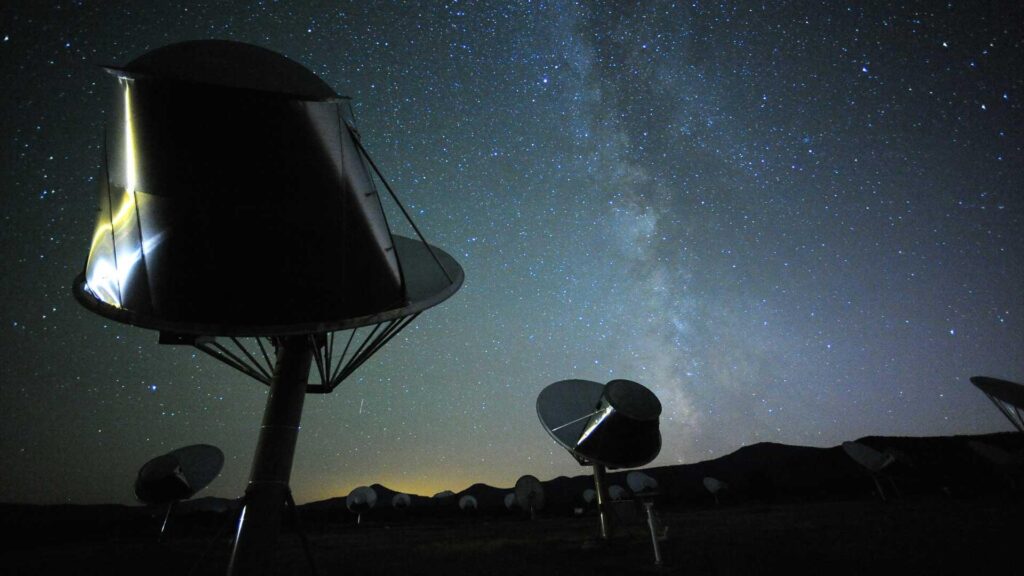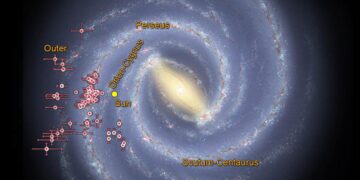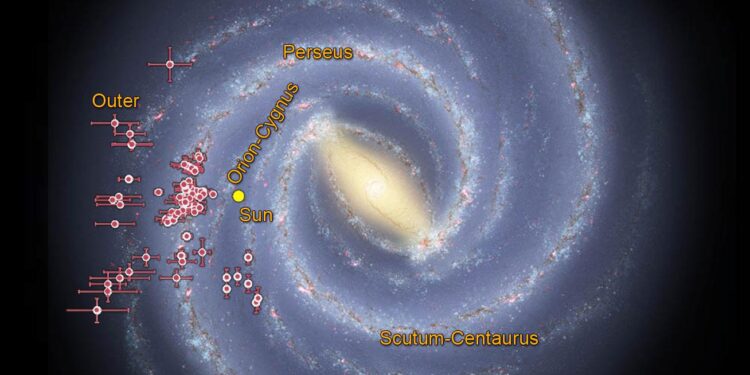In our quest to understand the universe and our place within it, the search for extraterrestrial intelligence (SETI) stands as one of the most captivating and consequential pursuits. Recent developments in this field offer new methodologies and technologies that significantly enhance our ability to detect signals from potential intelligent life forms beyond Earth.
The SETI Institute is enhancing its focus on these signals through a new grants program dedicated to advancing technosignature research. This initiative funds diverse projects, including observational techniques and theoretical frameworks that aim to detect or understand such phenomena. A significant part of this effort involves the Allen Telescope Array (ATA), demonstrating a strong commitment to employing sophisticated technologies to search the universe for intelligent life.

A fresh approach has also emerged from researchers at Berkeley’s SETI Research Center and the University of Washington, who have introduced a novel method for scanning the cosmos. They focus on specific cosmic events, like supernovae, theorizing that advanced civilizations might use these events as beacons to send synchronized signals. This method could potentially pinpoint where and when to expect signals from extraterrestrial sources, thereby refining the search strategy significantly.
But Why This Matters?
The implications of discovering technosignatures or receiving a signal from an intelligent civilization are profound, extending beyond the realms of astronomy and science. Such a discovery would redefine our understanding of life in the universe, potentially leading to unprecedented insights into technology, energy use, and even the societal structures of other civilizations. It would also offer profound philosophical insights into human existence and our role in the universe.
Broadening the impact of SETI’s recent advancements, these efforts not only enhance our technological capabilities but also invigorate the scientific community. They provide new research opportunities and encourage a multidisciplinary approach to solving the mysteries of the cosmos. The integration of new technologies and innovative research methodologies continues to push the boundaries of what we know about the universe and our place within it.
Eventually, the search for extraterrestrial intelligence, through the development of new technologies and innovative research strategies, stands as a beacon of human curiosity and ingenuity. Whether we are alone in the universe or part of a cosmic community, the quest for this knowledge continues to inspire and challenge our understanding of the infinite universe.



















